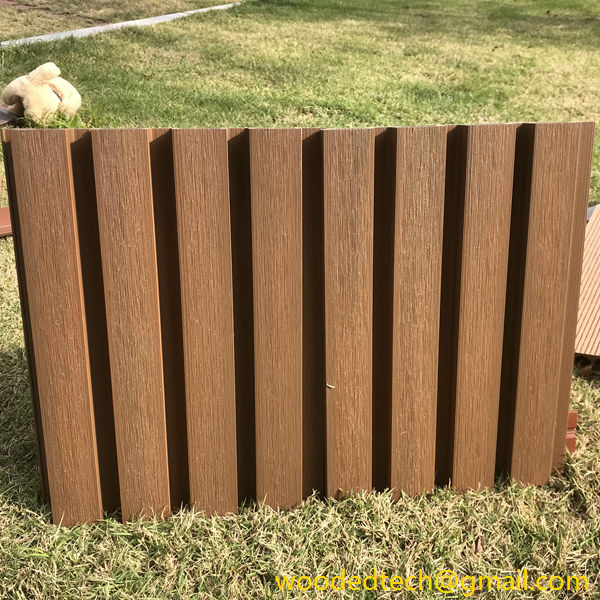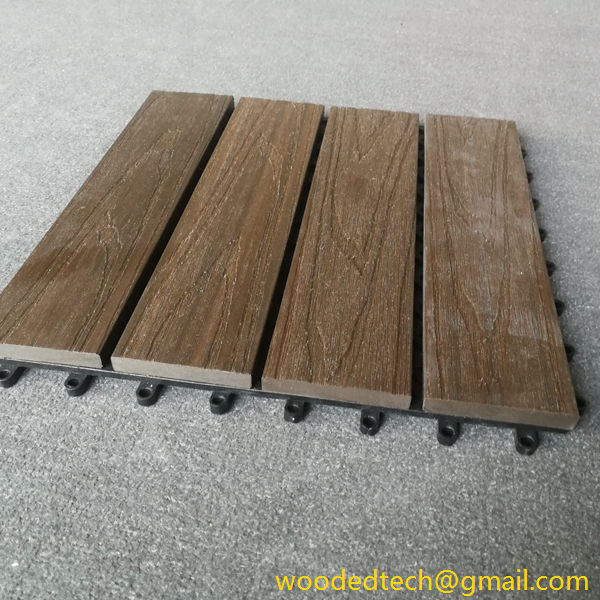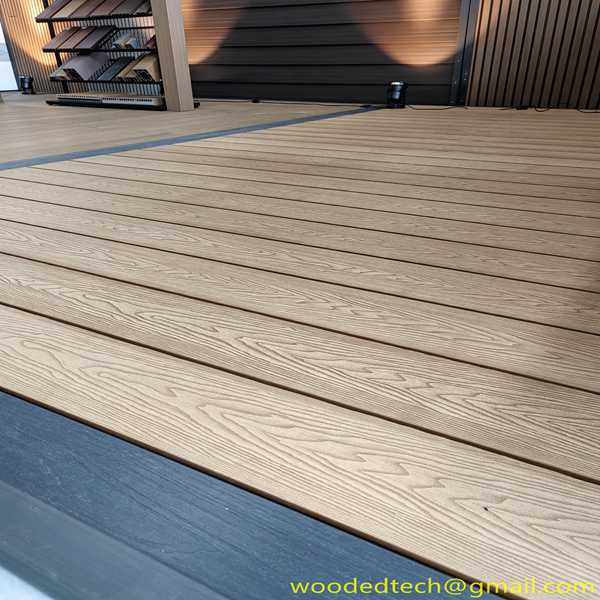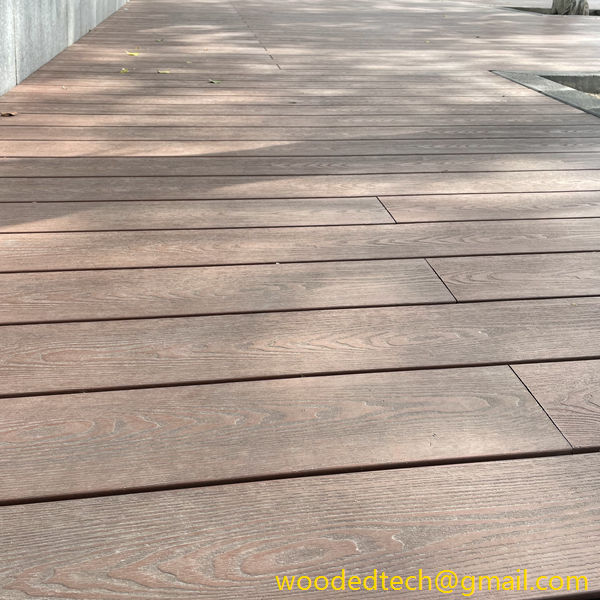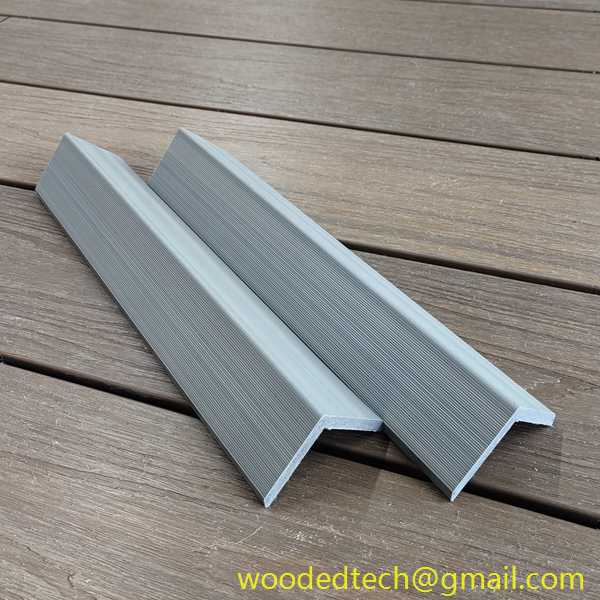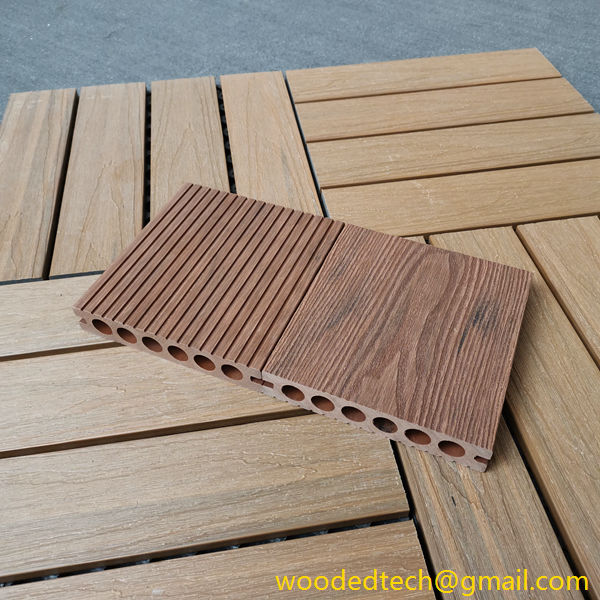Exploring WPC Panel Price and Its Value in Construction
Wood Plastic Composites, commonly known as WPC, have emerged as a revolutionary material in the construction industry. As construction practices evolve, the demand for sustainable, durable, and cost-effective materials has led to the increased popularity of WPC panels. Understanding the pricing of WPC panels and their value in construction requires an exploration of the material’s production process, properties, and advantages.
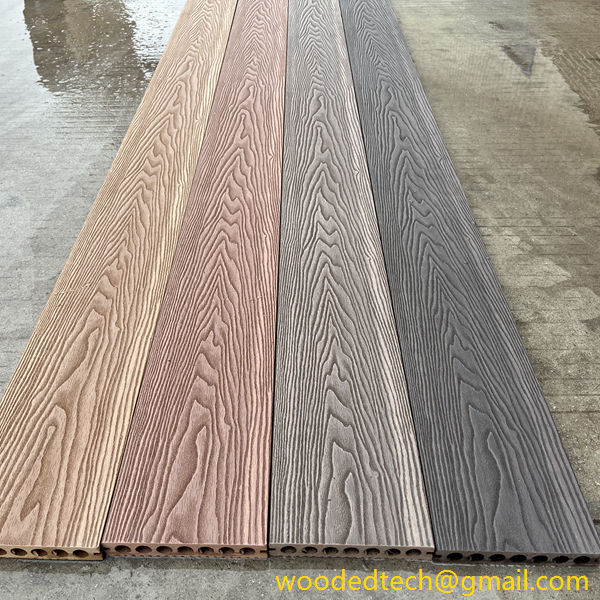
The production of WPC panels involves a unique combination of wood fibers and thermoplastic resins. The wood fibers can be sourced from various materials, including sawdust and wood shavings, while the thermoplastic resins are typically made from polyethylene, polypropylene, or polyvinyl chloride. This combination results in a composite material that retains the aesthetic appeal of wood while offering enhanced durability and resistance to moisture, insects, and decay.
The manufacturing process of WPC panels typically begins with the preparation of the raw materials. The wood fibers must be dried and processed to achieve the desired size and consistency. This step is crucial as it affects the final quality of the composite material. The thermoplastic resins are then melted and combined with the wood fibers in an extruder. The temperature and pressure in the extruder must be carefully controlled to ensure a uniform mixture. Once the mixture is prepared, it is shaped into panels through a die, after which it is cooled and cut to the required dimensions.
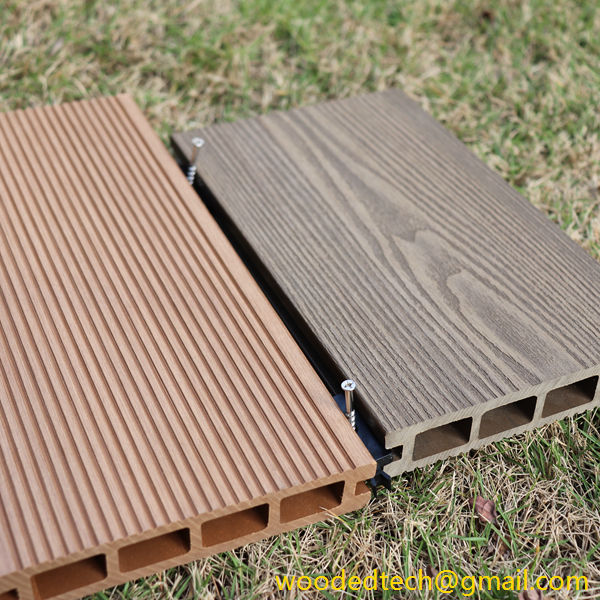
The price of WPC panels can vary significantly based on several factors, including the quality of raw materials used, the manufacturing process, and the scale of production. High-quality wood fibers sourced from sustainable forests may increase the cost, but they also enhance the overall performance of the product. Additionally, advanced manufacturing techniques that ensure uniformity and reduce waste can contribute to a higher price point. However, the long-term value of WPC panels often justifies the initial investment, as they provide substantial benefits over traditional materials.
One of the key advantages of WPC panels is their resistance to environmental factors. Unlike traditional wood, which can warp, crack, or rot when exposed to moisture, WPC panels are engineered to withstand these challenges. This resilience extends the lifespan of the material, reducing the need for frequent replacements and maintenance. In construction, this translates to lower long-term costs for builders and property owners.
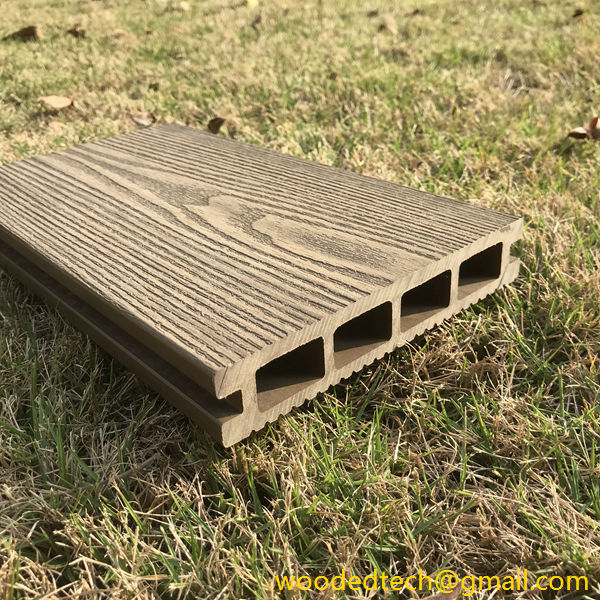
Another significant factor contributing to the value of WPC panels is their environmental impact. As the construction industry increasingly prioritizes sustainability, WPC panels offer a compelling solution. By utilizing recycled wood and plastic materials, WPC production reduces waste and promotes resource conservation. Furthermore, the manufacturing process typically requires less energy compared to traditional wood processing, making WPC panels an eco-friendly option.
In addition to their durability and sustainability, WPC panels are highly versatile. They can be used in a variety of applications, including decking, fencing, wall cladding, and interior finishes. This versatility allows architects and builders to use WPC panels in diverse design contexts, enhancing creative possibilities while ensuring structural integrity.
The aesthetic appeal of WPC panels also plays a crucial role in their value. With advancements in technology, manufacturers can produce WPC panels that mimic the look and feel of natural wood. This allows builders to achieve the desired aesthetic without sacrificing performance. The ability to customize colors and finishes further adds to the attractiveness of WPC panels in construction projects.
Market trends indicate a growing acceptance of WPC panels within the construction industry. As builders increasingly recognize the benefits of using composite materials, the demand for WPC panels is expected to rise. This trend may lead to increased production efficiency and potentially lower prices in the future, making WPC panels even more accessible to a wider range of projects.
In conclusion, the pricing and value of WPC panels in construction are closely tied to their production process, material properties, and sustainability benefits. While the initial cost of WPC panels may be higher than traditional wood, their durability, resistance to environmental factors, and aesthetic versatility make them a worthwhile investment for builders and property owners. As the demand for sustainable construction materials continues to grow, WPC panels are poised to play a significant role in shaping the future of the industry. Understanding these dynamics can help stakeholders make informed decisions that align with both economic and environmental goals.

